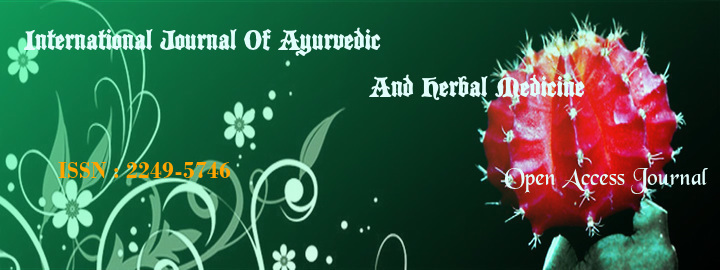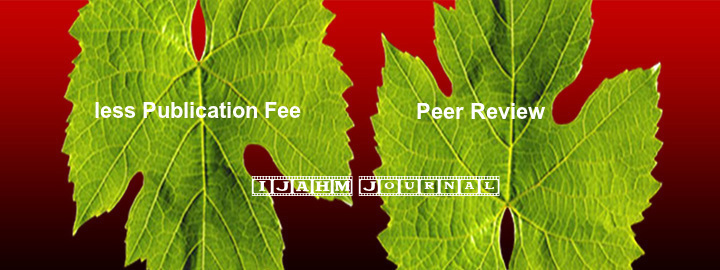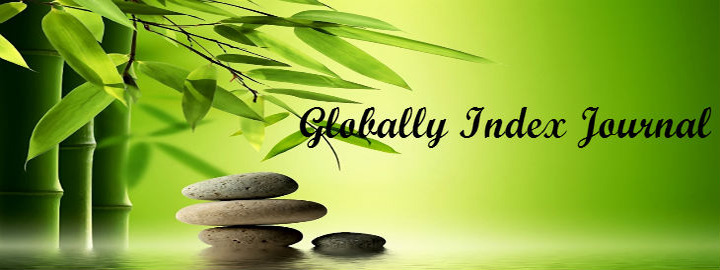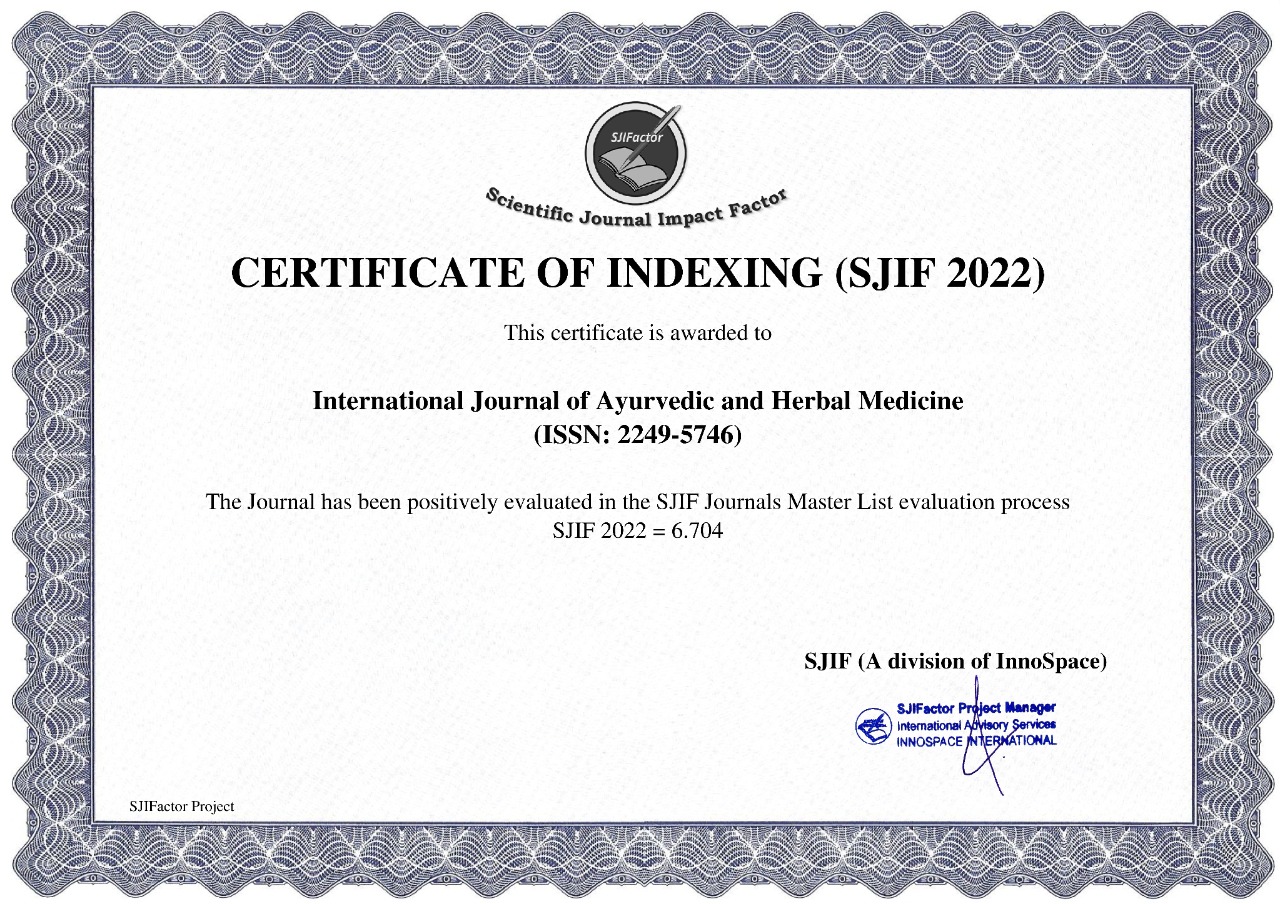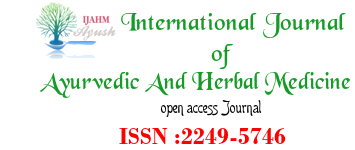


A.A,J.P.Kumara*, D.L.Jayaratne** ,D.J Anthony***
*Senior Lecturer, Gampaha Wickramarachchi Ayurveda Institute, University of Kelaniya,
**Senior Lecturer, Department of Microbiology University of Kelaniya,
***Senior Lecturer, Department of Anatomy, Faculty of Medicine, University of Colombo
Abstract
Shalya Tantra, the integral part of Ayurvedic system contains detail description of Shastra Karma along with certain Para surgical procedures such as Kshara Karma, Agni Karma, and Jaloukavacharana. Among these Para surgical measures, Kshara Karma is having supreme place due to its tremendous properties in curing diseases.
There are different methods of treatment are described in Ayurveda for the management of fistula in ano based on its severity. Among them Achyranthes aspera (Pratisaraneeya Kshara) is one, which replaces the surgical intervention even and cures the condition without the help of surgical instruments. Kshara is the main ingredient in ksharasutra.
Kshara is a kind of medication described in Ayurveda Texts for the management of various disorders. The word Kshara is derived from the root Kshara, means to melt away or to perish. Acharya Sushruta defines as the material which destroys or cleans the excessive morbid doshas (Kshyaranat Kshyananat va Kshara). The drug which has the characteristics of Kshanan or Ksharan literally means that which destroys fleshy mass either healthy or unhealthy is Kshara. Charaka says Kshara is one which scrapes the abnormal tissue from its location and destroys it after dissolving it, because of its corrosive nature.
Despite having so many activities no reports found on the antibacterial activity of Achyranthes aspera kshara, present study was under taken to study antibacterial activity of
Achyranthes aspera Kshara. for both type cultures as well as clinical cultures.
The Achyranthes aspera was used for the preparation of ksharasutra tested its antibacterial activity. According to the Susrutha samhitha, the Achyranthes aspera was collected, identified, prepared kshara and tested antibacterial activities against bacteria isolated from fistula in ano.
Extract were prepared by cold extraction method in which 25g of kshara powders were separately soaked in equal volume of dichloromethane and methanol (125ml) for 24 hrs at room temperature and shaken occasionally. The extract were filtered and then concentrated by evaporating the solvent at room temperature. The residue (50g) was stored in the airtight glass bottle in a refrigerator. Different concentrations of extract (100mg/ml) were prepared in DMS0 (Dimethyle sulofxide) for checking the antibacterial activity.
The test bacteria were Staphylococcus aureus, Streptococcus pyogens, Escherichia coli, and Pseudomonas aeuruginosa, isolated from fistula specimens, and standard strains (American Type Culture Collection (ATCC)], S. aureus (ATCC 25923), S. pyogens (ATCC 19615), E. coli (ATCC 25922)and P. aeuruginosa (27853) all the type cultures were obtained from stored samples at Faculty of Medicine, University of Colombo.
The test organisms were grown in Muller Hinton agar medium. Twenty-four hour old pure cultured bacteria were used to prepare a density of 108 cells mL−1 of 0.5 McFarland standards during each test. Muller-Hinton agar was prepared according to the manufacturer's instruction, autoclaved and dispensed at sterile plate.
The aliquot was spread evenly onto Muller Hinton agar by sterile cotton swab. Then, the plated medium was allowed to dry at room temperature for 30 minutes. On each plate, equidistant wells were made with a 6 mm diameter sterilized, cork borer, 2 mm from the edge of the plate. Fifty micro liter of kshara extract (100 mg/ml) was aseptically introduced into a respective agar well. Amoxicillin (100 mg/ml) were used as positive controls and the distilled water were included as negative controls. This was followed by allowing the agar plate on the bench for 40 minutes pre-diffusion followed by incubation at 37 °C for 24-48 h. The formation of clear inhibition zone of ≥7 mm diameters around the wells was regarded as significant susceptibility of the organisms to the extract. The Achyranthes aspera pratiksaraniya kshara showed significant level of antibacterial activities against Staphylococcus aureus, Streptococcus pyogens, Escherichia coli .But no inhibition was observed for P. aeuruginosa. The zone of inhibition range from 19mm to 23mm was observed for the Achyranthes aspera kshara
REFERANCES
· Aparna saraf, Aruna samant,Evaluation of some minerals and trace elements in Acyranthes aspera, International Journal of Pharmar Science,2013, vol 3, pg 229-233.
· Ashtanga Hridaya; Vagbhata;Bhagandara pratisheda, Uttra tantra; Suthrasthana 11th Edition,1993, Chowkhamba Sanskrit Sansthan, Varanasi, 28th Ch, Pg 551-554.
· Cragg GM and Newman DJ. Medicinals for the millennia. Annals of the New York Academy of Sciences 2001; 953:3-25.
· Elumalai EK, Chandrasekaran N, Thirumalai N, Sivakumar C, Viviyan Therasa SV and David E. Achyranthes aspera leaf extracts inhibitited fungal growth. International journal of pharmaceutical research 2009; 4:1576-1579.
· Emori TG and Gaynes RP: An overview of nosocomial infections, including the role of the microbiology laboratory. Clinical Microbiology Reviews 1993; 6:428-42.
· Lee HS: Growth inhibitory effect of various medicinal plants against lactic acid and harmful intestinal bacteria. Food Science and Biotechnology 2000; 9:52-56.
· Makari HK, Haraprasad N, Patil HS and Ravikumar: In-Vitro Antioxidant Activity of the Hexane and Methanolic Extracts of Cordia Wallichii and Celastrus Paniculata. The Internet Journal of Aesthetic and Antiaging Medicine 2008; 1:1-10.
· Srivastava J, Lambert J and Vietmeyer N: Medicinal plants: An expanding role in development. World Bank Technical Paper 1996; No. 320.
· Sushruta; Chikitsa sthana-Bhagandara chikitsa; Sushruta Samhita, 5th Edition, 1994 Motilal Banarasidas, New Delhi 18th Ch. Pg. 421-425.
· Sushruta; Nidana sthana-Bhagandara nidana; Sushruta Samhita, 5th Edition, 1994 Motilal Banarasidas, New Delhi. 4th Ch. Pg. 241-242.
· Sushruta; Nidana, Sharira, Chikitsa sthana; Sushruta with Nibandha sangraha vyakya of Dalhana and Nyaya chandrika Panjika of Gayadasachrya, 6th Edition, 1997, Chowkhamba Orientalia, Varanasi.
· Sushruta; suthra sthana-Bhagandara nidana; Sushruta Samhita, 5th Edition, 1994 Motilal Banarasidas, New Delhi. 1st Ch.
Uniyal SK, Singh KN, Jamwal P and Lal B: Traditional use of medicinal plants among the tribal communities of Chhota Bhangal, Western Himalaya. Journal of Ethnobiology and Ethnomedicine 2006; 2: 1-14
·
index







